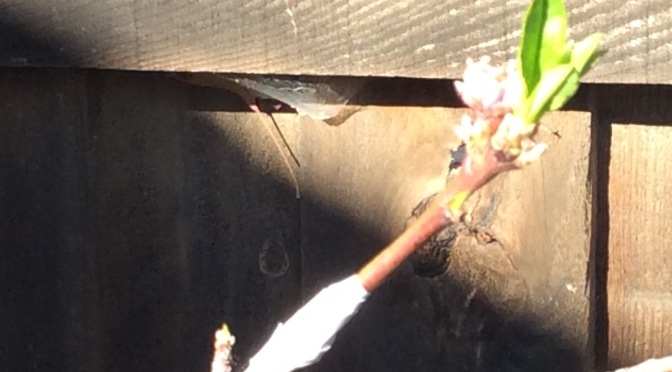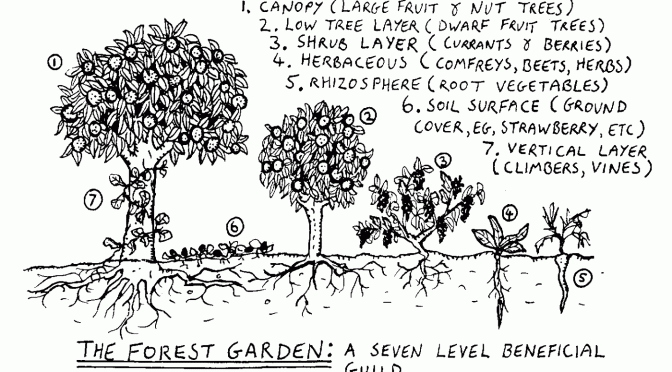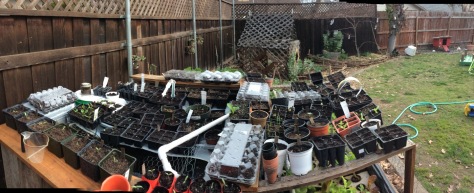For me, gardening has come as an extension of my love of cooking. Both are an expression of love for my family and they happen to partner very nicely. I often look to recipes for inspiration, but rarely follow them to the letter and so I nearly never make the same dish again. Life’s just too short for the same in my book.
But, when people ask me to share a recipe that never existed I tend to end up not sharing… And that’s just not nice. So, Lucas, here is my one-pot story for lentil soup:
I used to really love the thin yellow dal soups found in Indian restaurants, with tinny diced onions and cumin. I still enjoy them, but when I go to make a lentil soup these days it always takes on a thicker texture more akin to stew than a soup.
1small diced onion and caramelize it in olive oil with a carrot, celery and at least half a head of garlic,
Once that has sweated down and the onions have gotten nice and brown add
1C green “French” lentils
1.5C split red lentils
5C chicken stock (I mix mine from a bouillon base)
2tbs tumeric powder,
1 tsp cumin seeds/powder,
1tbs paprika or chili
5 bay leaves
At least 4tbsp bacon grease
Simmer for at least an hour
You can adjust the thickness with water and I often use flax meal for thickening.
Taste for salt and add a few tablespoons of lemon juice just befor serving
This is some great soup and it plays well with others, garnish with cilantro, minty yogurt sauce, meatballs… I would show you a tasty picture but I’d have to double the recipe to have any for showing.







 Inside each upper door will be a nesting box, something in a storage tote or cat litter container. Hopefully this makes it super simple to collect eggs.
Inside each upper door will be a nesting box, something in a storage tote or cat litter container. Hopefully this makes it super simple to collect eggs.
















 At this point there are ten blueberry plants in the yard, there’s still some spots for more, hopefully the propagation project will fill those up soon.
At this point there are ten blueberry plants in the yard, there’s still some spots for more, hopefully the propagation project will fill those up soon.
